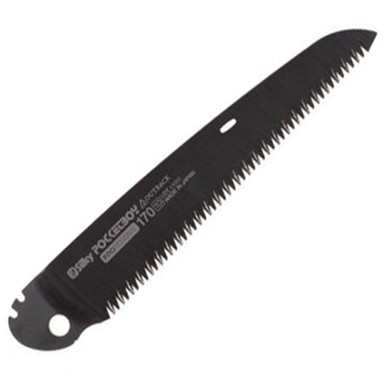In Monmouth County, very often we'll see trails creep wider and wider every year as a result of trail users looking to avoid trip hazards. This includes mtbers looking for a good line. A popular park like Hartshorne which has a lot of traffic can see trails expand 20-30' wide.
Trip hazards like roots and rocks push people wider to avoid them, causing the trail to look blown out, with no clear line.
Part of trail sustainability is to define the trail, with a clear line that users stay on.
Recently we addressed trail widening at Hartshorne by providing a sustainable line, without trip hazards and closing down the sides. Some may argue that the trip hazards provide technical trail for mtbers. This may be true in north Jersey, where there is nothing but rock, however in Monmouth County, where rocks are fewer and far between, even the mtbers avoid them. Thus 30' wide trails.
Don scopes out the line and forms a plan.
Big efforts are made to move big rock.
This section of trail took two sessions to complete and you fly through it in less then 10 seconds. But it will be here for a long time.


silkysaws.com
